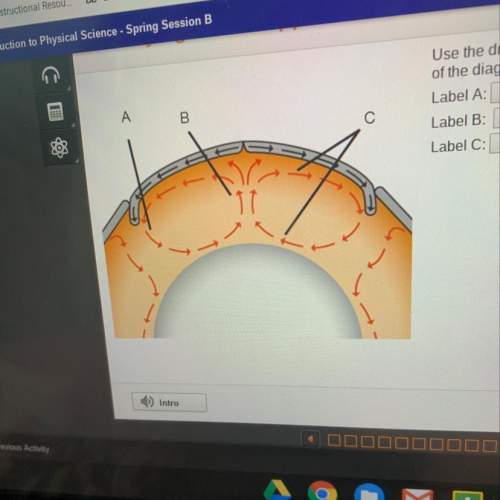
A science class breaks into four groups and tests the pH of the soil surrounding the school. Each group goes to an area that is three meters squared (3m 2) in size and tests the soil four different times within that square. The data collected is then placed into a table for everyone to see as shown below.
Four students draw the following conclusions from the data:
Student 1: Group D’s data should be discarded because it is not similar enough to the other groups' data.
Student 2: There must be something near the parking lot that causes the pH of the soil to be higher and the class should design a new experiment to determine what it may be.
Student 3: There are definitely more magnesium ions in the soil near the parking lot, and that is why the pH of the soil is higher there.
Student 4: The pH of the soil in the ball field should be measured again because no two readings were identical.
Which student’s conclusion is scientifically valid based on the data in the table above?
A. Student 1
B. Student 2
C. Student 3
D. Student 4


Answers: 2


Another question on Biology

Biology, 22.06.2019 04:00
Will mark brainliest i only need the ! 1.use ten beads and a centromere of one color to construct the long chromosome. use ten beads and a centromere of a second color to construct the second chromosome in the long pair. make a drawing of the chromosomes in the space below. 2. for the second pair of chromosomes, use only five beads. 3. now model the replication of the chromosomes. make a drawing of your model in the space below. part b: meiosis i during meiosis i, the cell divides into two diploid daughter cells. 4. pair up the chromosomes to form tetrads. use the longer tetrad to model crossing-over. make a drawing of the tetrads in the space below. 5. line up the tetrads across the center of your “cell.” then model what happens to the chromosomes during anaphase i. 6. divide the cell into two daughter cells. use the space below to make a drawing of the result. part c: meiosis ii during meiosis ii, the daughter cells divide again. 7. line up the chromosomes at the center of the first cell, one above the other. separate the chromatids in each chromosome and move them to opposite sides of the cell. 8. repeat step 7 for the second cell. 9. divide each cell into two daughter cells. use the space below to make a drawing of the four haploid cells
Answers: 1

Biology, 22.06.2019 10:00
Rarefaction is used for which of the following? a. creating a representative sample b. studying how disease impacts populations c. rediscovering species thought to be instinct d. determining which sea creatures live in an area
Answers: 1


Biology, 22.06.2019 18:30
What are the characteristics of carbon bonds? check all that apply.
Answers: 1
You know the right answer?
A science class breaks into four groups and tests the pH of the soil surrounding the school. Each gr...
Questions

Biology, 17.09.2019 04:30

Spanish, 17.09.2019 04:30

Mathematics, 17.09.2019 04:30

Mathematics, 17.09.2019 04:30


Mathematics, 17.09.2019 04:30

Mathematics, 17.09.2019 04:30


English, 17.09.2019 04:30





Mathematics, 17.09.2019 04:30

Biology, 17.09.2019 04:30



Mathematics, 17.09.2019 04:30






